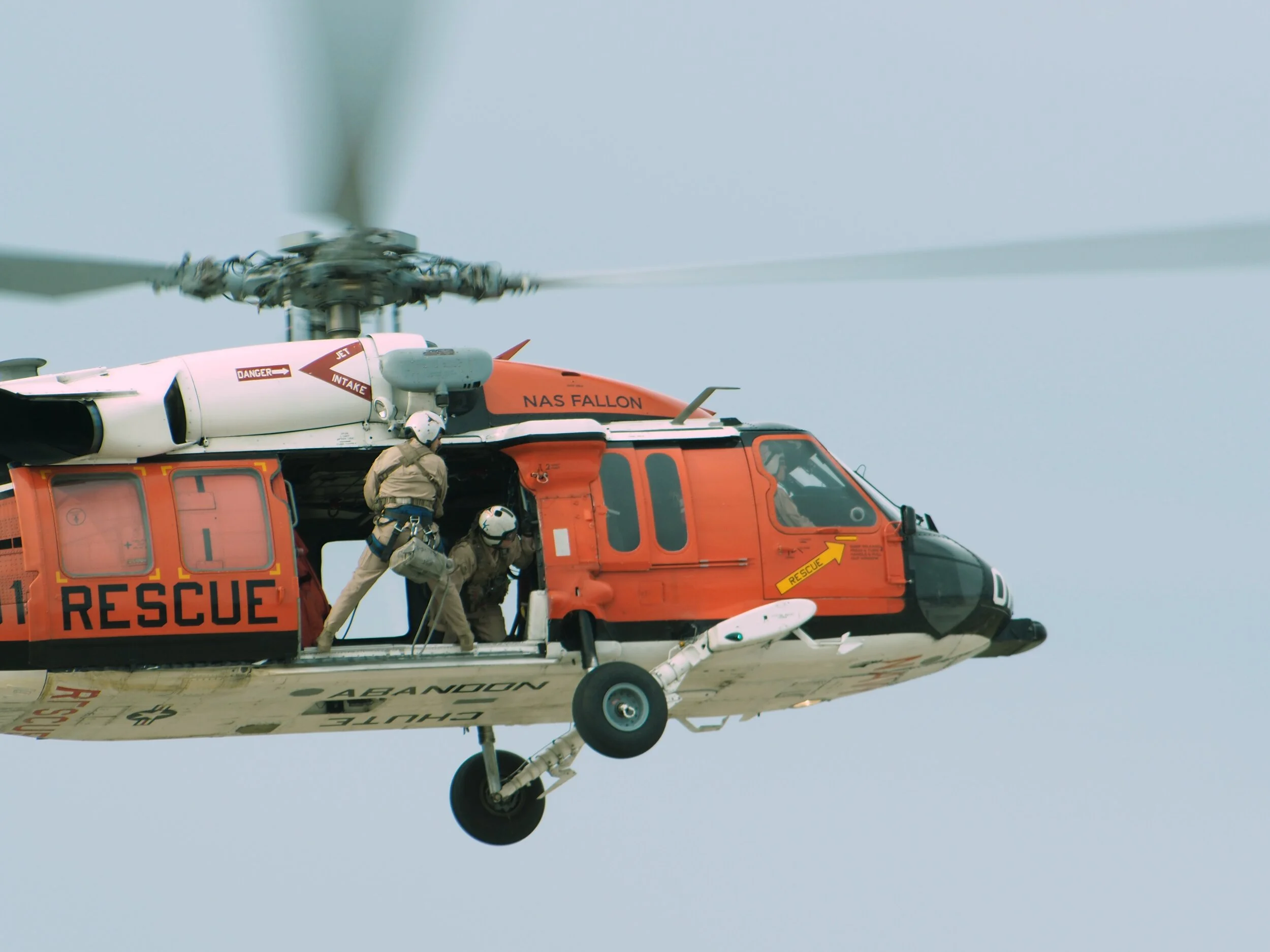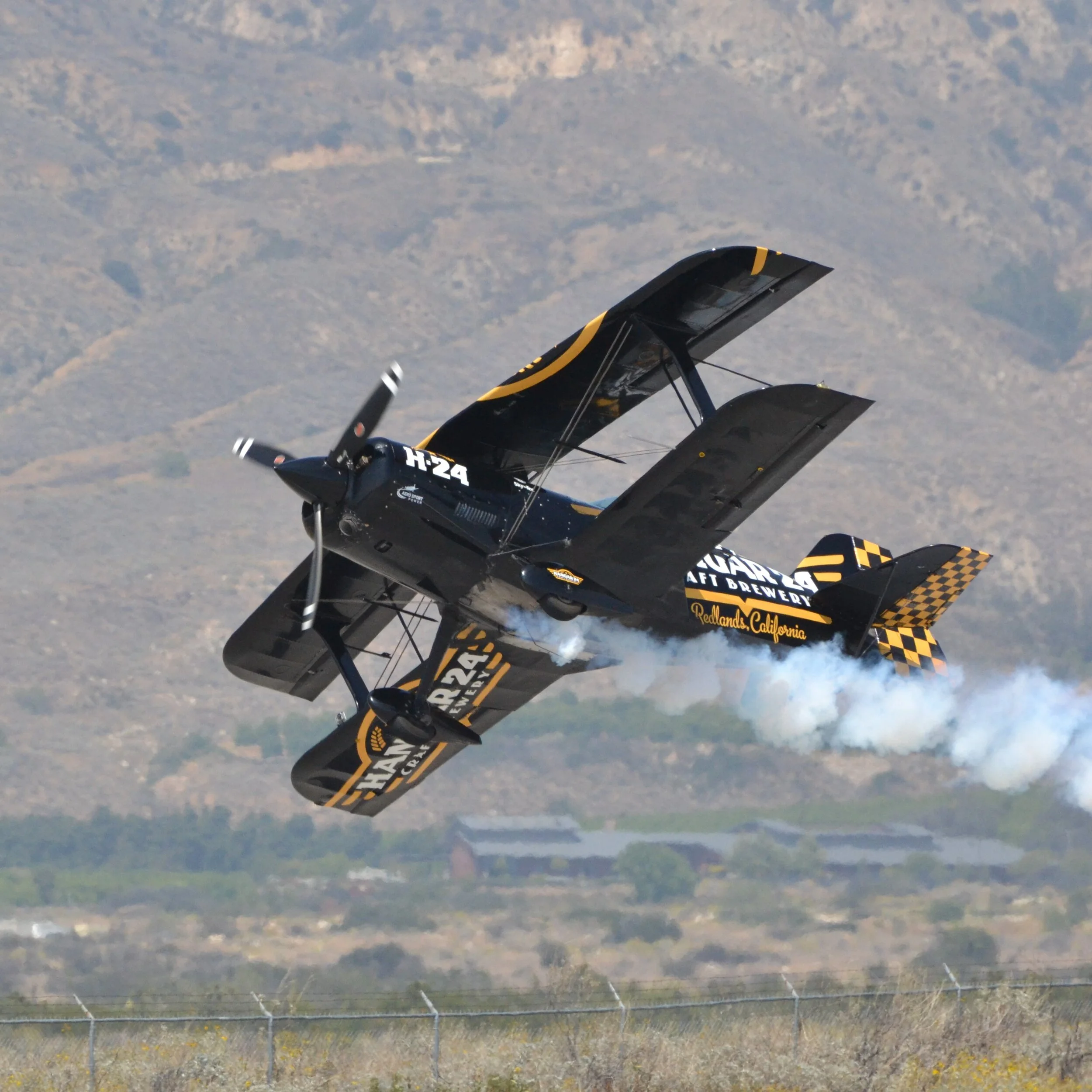Aviation Photography
I think all photographers have a certain subject or two that they will always be able to return to and create satisfying work with. It could be the subject that got them into photography in the first place, or it could be something that they unexpectedly discovered they had a knack for. Personally, one of my old favorites that I can always go back to and take pictures that I will enjoy upon reflection are pictures of airplanes. Those who know me personally likely know that I have had a love of aircraft ever since I was a child. Something about their shapes, the incredible things that can be done with them, and the ultimate freedom they represent; it has always been so transfixing. Naturally, trying to take pictures of aircraft in all settings has been something of an old relaxing pastime within my own photographic experience.
So long as you have a telephoto lens for your camera, taking pictures of airplanes is not too difficult; this is especially true if the subjects in question are a part of a static display in a museum. This is a very good place to practice and learn how composition changes with different shapes and arrangements than you would normally see in your everyday world. When visiting museums, it is often very nice to have a lens with a wider focal length so you may capture more interesting compositions. If you don’t have a wide angle lens, you can cheat somewhat and use multiple pictures taken with a “normal lens” and stich them together using software like Photoshop or a free alternative like Image Composite Editor to get wider/larger pictures. This trick can be especially helpful if the museum features many indoor exhibits as the lighting might be less than tremendous and you could really take advantage of the wide aperture present on most normal lenses.
To take your photography a step further, you could travel to your nearest airport and try your hand at plane spotting aircraft as they arrive and depart. When it comes to camera settings for plane spotting airliners, I prefer to be in shutter priority mode so I can dictate the shutter speed as this is somewhat “action” photography. You are going to want your shutter speed to be at least (1/the focal length of the lens you are using). This is an old rule of thumb on how slow you can have your shutter speed and not suffer from noticeable camera shake. In most cases 1/500th or 1/250th of a second should be your shutter speed when you are using a telephoto focal length. Aperture and ISO should be adjusted to fit the situation, with a priority on using a lower ISO than on a narrower aperture. If you are shooting raw and are having a hard time getting a picture at 1/250th and you already have a highish ISO, I recommend changing the exposure compensation on your camera to be -1 or so. Digital cameras thrive in the shadows, and a slightly underexposed raw file should be almost no trouble to correct in post processing. When it comes to actually taking pictures of aircraft, a few things. You will want to fill the frame with as much of the aircraft as possible which can be rather hard, especially when the aircraft gets close. Once an aircraft flies by you, don’t be afraid to review your pictures and to take note of what pictures worked and which didn’t. Then you can make adjustments for the next plane that flies by. When you are tracking an aircraft in your viewfinder there are a few tricks to getting it right. Firstly, when you are tracking an aircraft you want to mainly focus on keeping the wing root (or engines if you are photographing a jet with engines slung below its wings) in the center of your frame. If the middle of the aircraft is in the middle of your image, the rest of the plane should follow. If you have lost the aircraft, open your left eye and try to superimpose the zoomed in image from the camera over top of the image from your left eye while trying to keep the airplane in the middle of your field of view. Basically, open your eye that is not looking through the camera and tilt your head to be looking directly at the airplane you are trying to photograph, that should be close enough for your camera’s autofocus to find the aircraft in question. If you are in a place with good sight lines, feel free to photograph the ground movements going on. Often times the pictures taken of airliners on the ground can be just as compelling as pictures of aircraft in the air.
Even more fun than plane spotting at a commercial airport is taking pictures at an airshow. Most of the rules from plane spotting airliners carry over here, but there are a few extra tips and tricks to be known. It is pretty much imperative for your camera to be set to continuous autofocus at an airshow. It usually does not make too much of a difference at an airport if you are using single point autofocus, but it can be very important at an airshow. If you are taking pictures of propeller driven aircraft, your shutter speed is rather important. Even with a longer lens, you might want to knock your shutter speed down to 1/125 of a second; this is because it is often thought to be visually pleasing to see some amount of propeller blur while a prop plane is flying about. If you are having trouble getting your images to be sharp on account of camera movement, don’t get too hung up on this point and switch back to a faster shutter speed, there is still something incredible about being able to completely freeze a propeller mid flight.
If you decide to give plane spotting a go, don’t be too hard on yourself. As a photographic genre, quite a bit of the quality of your results is dependent on factors that are largely outside of your control. Lighting is the most important thing, and if you are looking to create high level work your results are pretty dependent on whether you have good lighting or poor lighting. Of the handful of images in this post, only one of them was taken within the last year and most of them were taken very early in my photographic career. I am a better photographer now than I was when I was younger, but I was still able to take what I would consider to be compelling photographs as something of a novice. Therefore, if you are keen to just take some time off and relax by watching planes come and go, plane spotting can be a very gratifying experience. Try your best and don’t get discouraged, you never know when your next great picture will fly by.














